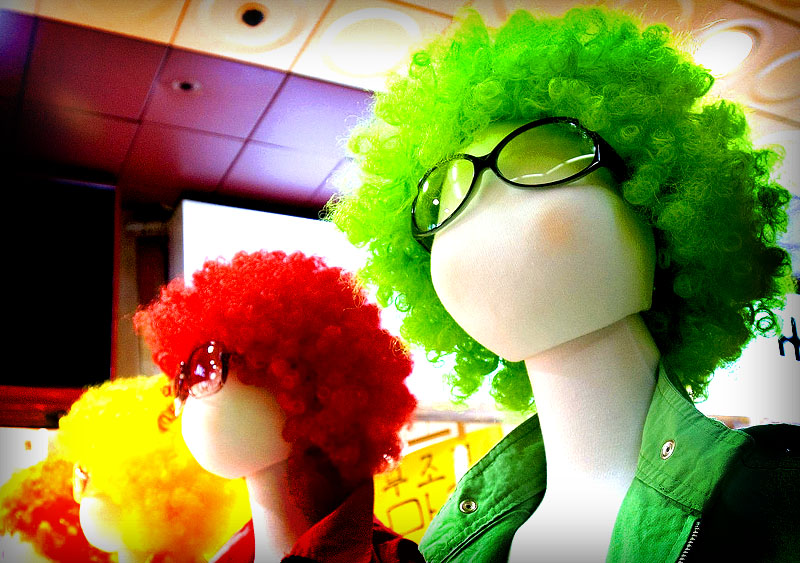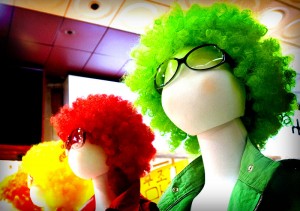The logic of fashion cycles


I long for the death of skinny jeans.
Those in the fashion business have to keep up to date with an ever-evolving scene. Trends and themes change from year to year, and for those that count, looking “last year” is the worst crime to commit. With a fashion industry always trying to stay at the leading edge of itself, fads are created and as a result trends die. An endless self-consuming cycle is only really made poignant and summed up when you hear the phrase “black is the new black”. This tells you everything you need to know about the evolution of trends.
To the naked, untrained eye this might seem like an industry predicated on a whim. An industry where King-makers make kings based on flights of fancy. But, alas, no. There is some logic behind it.
This is just one of the many examples of culture-omics, and a certain logic can be applied to many other indicators of culture — songs, baby names, and even words. Researchers publishing in the open-access journal PLoS One point to a way how this all unfolds and the detailed logic behind it all.
Fashion, in its most broadest definition, has always been associated with social stratification. Sticking with the clothes example, what you wear signals your status. I do not need to point out the implications of the terms “blue-collar” and “white-collar”. We use it so explicitly to depict a social status. So much so, entire nations build themselves around this social divide.
And therein lies the birth of a “fashion”. When individuals of low social status copy those of a higher one, a “fashion” arises. A peak is reached when the fashion becomes too popular. Then the early-adopters move on to find more original styles to make their own. Resulting in periodic rise and falls in different fashions.
There is also the notion that a much more random mode of copying exists within a society (a neutral model). That people just copy each other at random. That way of looking at fashion doesn’t really cover all the bases, and as such, leaves things a bit simplistic.
The researchers go one step further, and propose that people have preferences for cultural traits and that those preferences influence the copying process. Fashions that result from individuals signaling their social status, or from individuals randomly copying each other, do not satisfactorily reproduce the right empirical observations. Thus, the status-only copying model accounts for brief fads, but not for the long-term “classic” cultural traits that never seem to go out of style.
Of the “preference”, “neutral” and “status” models tested only this new proposed “preference” model was the only way that the rise and fall of cultural trends could be simulated.
It seems that individuals in a population are much more adaptive in their copying ways. Fashions, fads, and trends arise not just from individuals copying other’s traits, but also from individuals copying the preference for the trait. A blue hat is just a blue hat until Kate Middleton puts it on — then a fashion is born.
The new model goes further to characterise the Kate Middleton’s of the world: “influential individuals are those who possess many traits that others prefer and, at the same time, have low preferences for widespread traits”. And interestingly enough, influential individuals are themselves not immune to outdated cultural trends, as changing traits and preferences of a population can change the perceived status of the former influential individual.
In all, the paper describes a more complex system — one that accurately reflects what really goes on.
A lot of maths just for one blue hat.
Image — source.
 Follow
Follow